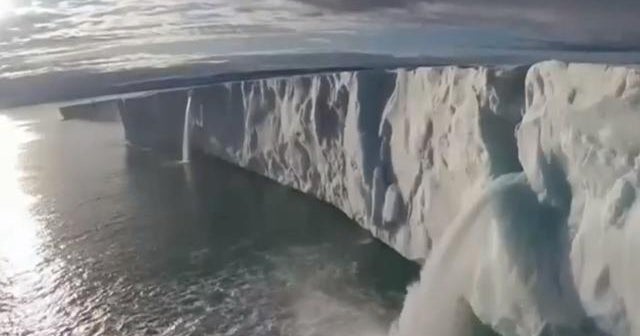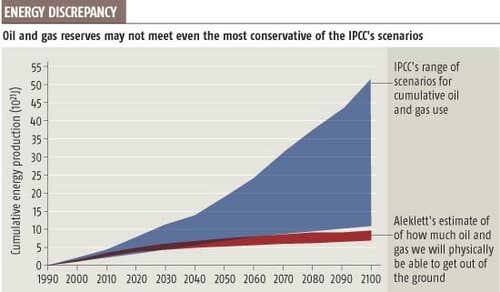As the Earth continues to warm, the issue of endangered habitats becomes increasingly dire. It raises a fundamental question: What happens when the place we call home becomes uninhabitable? Rising temperatures have profound implications—not just for human life but also for the myriad species that share this planet with us.
To understand the ramifications of this warming phenomenon, we must first explore the concept of habitats. A habitat is more than a physical space; it encompasses the unique environment in which various organisms thrive and interact. From the verdant forests that shelter countless species to the expansive coral reefs teeming with vibrant marine life, these ecosystems are irreplaceable. However, the accelerating pace of climate change is placing immense pressure on these vital homes.
One of the most alarming consequences of rising temperatures is the phenomenon of habitat loss. As global temperatures increase, many regions experience climatic shifts that render them unsuitable for the species that reside there. This transformation can lead to displacement or, worse, extinction. For instance, polar bears rely on sea ice for hunting seals, which are their primary food source. As Arctic ice diminishes due to climate change, these magnificent predators find themselves without a home and a means to sustain their populations.
But the Arctic isn’t the only region affected. Tropical rainforests, known as the lungs of our planet, are experiencing increasing temperatures and shifting weather patterns that compromise their biodiversity. As these changes unfold, the delicate balance of life within these ecosystems teeters precariously. Rare species, such as the orangutan or the Sumatran tiger, face an uphill battle for survival as their living spaces shrink and their resources dwindle.
Furthermore, aquatic habitats are not exempt from this crisis. Elevated ocean temperatures result in coral bleaching, a phenomenon that devastates coral reefs and the myriad marine species that depend on them. As the vibrant colors fade to ghostly white, entire ecosystems disintegrate. Fishermen and coastal communities reliant on these resources also face economic turmoil, illustrating the interconnectedness of climate change and habitat destruction.
These alarming trends invite us to think about resilience. Can ecosystems adapt to rapidly changing conditions? In some cases, species have displayed remarkable adaptability, but the pace of change is often too swift for many to keep up. For instance, some migratory birds have begun to alter their routes and breeding seasons; however, not all species possess such plasticity. The question persists: How can we support those that cannot adapt?
A significant part of the solution lies in creating and maintaining protected areas that buffer habitats from the adverse effects of climate change. By establishing wildlife reserves or restoring degraded ecosystems, we provide refuge for threatened species. However, these actions must be coupled with community engagement and sustainable practices that respect local cultures and economies. Engaging citizens in conservation efforts creates a sense of stewardship and responsibility towards our collective environment.
Moreover, innovative strategies like wildlife corridors can facilitate movement between fragmented habitats. These corridors allow species to migrate in search of more suitable living conditions, enhancing genetic diversity and ensuring long-term viability. Yet, this requires cooperation on multiple levels: governments, NGOs, and communities must work together to reclaim and protect these pathways.
As we ponder our planet’s future, we must also confront the challenge of public awareness. Many individuals remain unaware of the acute threats posed by habitat loss and climate change. Education plays a crucial role in fostering a collective understanding of these issues. By raising awareness, we empower individuals to take action, whether it be through grassroots movements, advocacy, or sustainable lifestyle choices. After all, every small effort contributes to a larger mosaic of change.
Moreover, technologies have emerged that help scientists monitor environmental shifts, allowing for proactive measures to mitigate risks. Drones equipped with sensors can help track deforestation rates or assess water quality in real-time. Such tools enable conservationists to respond swiftly to changes, providing critical data for effective management strategies.
Still, we must recognize the urgency of our predicament. Time is of the essence, and immediate action is needed to mitigate climate change’s effects on habitats. Without swift intervention, we face a future where countless species vanish, along with the ecosystems that support them. Are we willing to take on the mantle of responsibility to safeguard these homes?
The challenge lies not only in addressing the environmental crisis but also in fostering a paradigm shift in how we view our relationship with the natural world. Rather than seeking dominance over nature, we must learn to coexist—embracing restorative practices, valuing biodiversity, and recognizing that our fates are intertwined with the species we share this planet with.
In conclusion, the plight of endangered homes is a clarion call to action. As rising temperatures continue to threaten habitats globally, we must rise to the occasion. The survival of many species, including our own, hinges on our ability to innovate, educate, and protect the delicate ecosystems that sustain us. Together, we can strive for a more harmonious existence with the planet, ensuring that it remains a vibrant home for generations to come.








